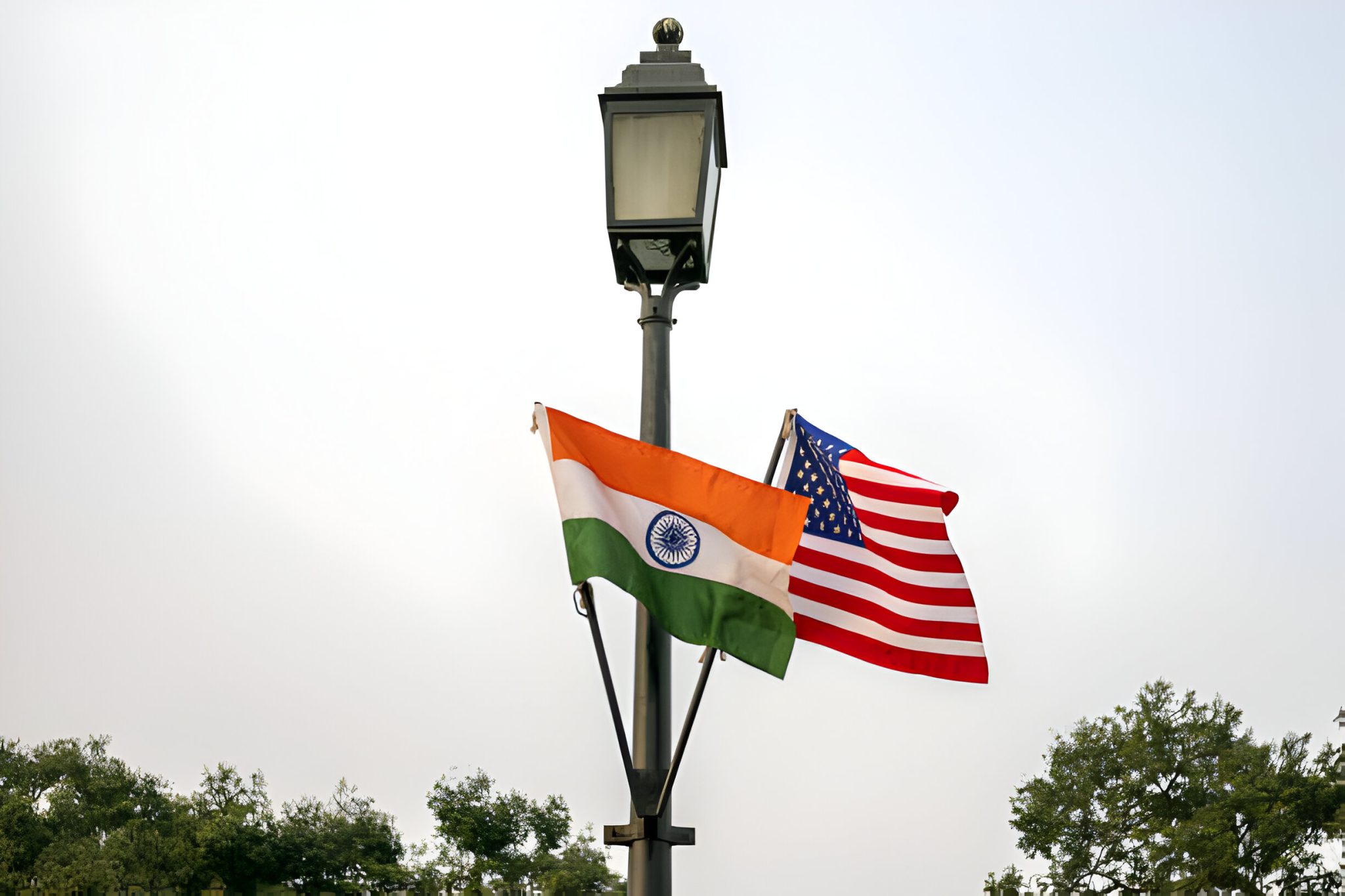On July 26, 2024, U.S. Ambassador to India Eric Garcetti and Secretary of the Indian Ministry of Culture Govind Mohan sealed a landmark Cultural Property Agreement, marking a significant milestone in international cultural preservation. The signing ceremony, held in the presence of Minister of Culture Gajendra Singh Shekhawat, represents the culmination of nearly two years of meticulous negotiations and collaborative efforts between both nations.
This agreement, reflecting the commitment of President Joe Biden and Prime Minister Narendra Modi to strengthening bilateral cooperation on cultural heritage protection, follows their joint statement issued in June 2023. It underscores the shared objective of combating illegal trade in cultural artifacts and facilitating the return of stolen antiquities to their countries of origin.
The U.S. State Department’s Bureau of Educational and Cultural Affairs worked closely with the Government of India’s Ministry of Culture and the Archaeological Survey of India to bring this agreement to fruition. The initiative is rooted in the 1970 UNESCO Convention, which aims to curb the illicit import, export, and transfer of ownership of cultural property. Through this agreement, both nations reaffirm their commitment to safeguarding cultural heritage from illegal trafficking and enhancing the protection of historically significant artifacts.
Ambassador Garcetti highlighted the dual focus of the agreement: justice and connectivity. “Primarily, this agreement is about justice—returning to India and its people what is rightfully theirs,” Garcetti said. He emphasized that the agreement also serves to connect India with the world, ensuring that every American and global citizen has the opportunity to engage with and appreciate the rich cultural heritage of India.
Garcetti also praised India for its role in hosting UNESCO’s 46th session of the World Heritage Committee, demonstrating a profound commitment to preserving cultural property. This cooperation positions India alongside 29 other nations with which the U.S. has bilateral cultural property agreements.
India, with its vast and diverse cultural heritage, boasts numerous artifacts and historical sites of global importance. The U.S.-India Cultural Property Agreement will play a crucial role in protecting these invaluable resources by curbing the looting of archaeological sites and historical monuments. This protection helps preserve the context and historical significance of cultural artifacts, ensuring that they are not lost to illegal trade.
Beyond preservation, the agreement is expected to bolster India’s cultural tourism sector. By facilitating the repatriation of looted artifacts and enhancing the protection of cultural sites, the agreement will attract scholars, historians, and tourists eager to explore India’s rich heritage. This influx of interest will not only support the country’s tourism industry but also foster educational exchanges and collaborative research between American and Indian institutions. Such collaborations will enrich the global academic study of Indian culture and history, fostering a deeper understanding and appreciation of India’s historical contributions to world heritage.
In conclusion, the signing of the U.S.-India Cultural Property Agreement marks a significant step in international cultural preservation efforts. It represents a shared commitment to justice, heritage protection, and global connectivity, enhancing the safeguarding of cultural treasures and fostering greater international collaboration in the study and appreciation of India’s rich cultural legacy.







